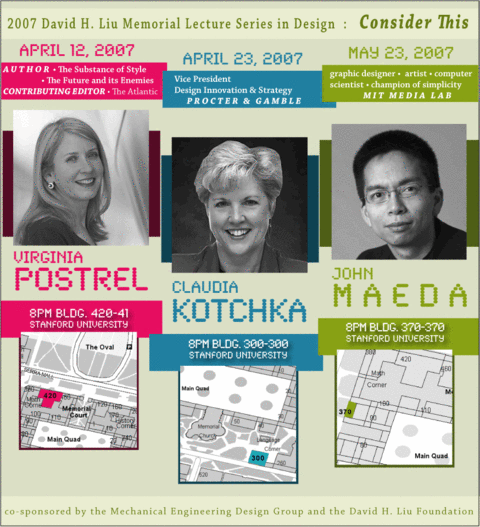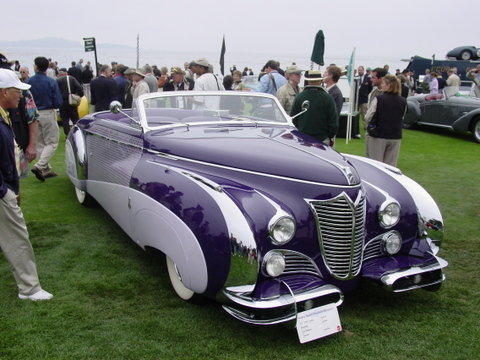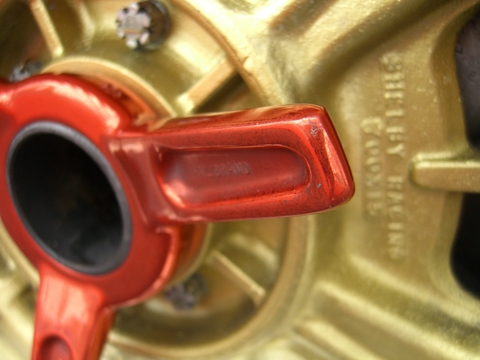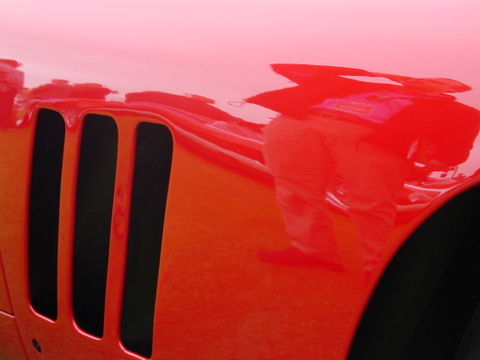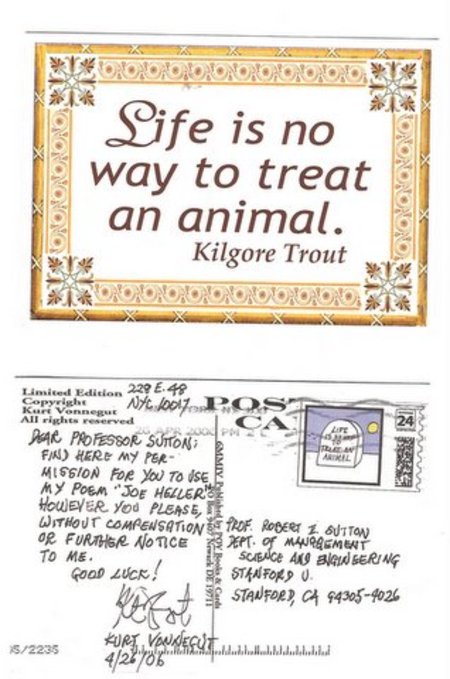
The past few days my get-up-and-go-to-work routine has been spiced up by the rumbling above of a B-17. I see it each morning out of a skylight in my house. Yes, a WWII-vintage Boeing B-17G Flying Fortress restored and flown by the Collings Foudnation. Out of thousands built, there are only 14 left flying, and this one is buzzing Silicon Valley, giving pay rides.
I’ve been a big airplane fan for as long as I can remember (are you at all surprised?), but I’ve never heard a B-17 in flight. Mustangs, yes, Spitfires, yes, but never a multi-engine bomber. The sound it makes is really distinctive and unlike any modern airplane. It’s not so much the loud, piercing buzz or wail one gets from a turboprop or jet-powered plane; the B-17 is powered by four huge Wright Cycone radial piston motors which together put out a massive, low rumble, like a pack of NASCAR racers flying over your head. Seeing the B-17 makes me think about a few things:
- What an amazing piece of design engineering: it may look simple next to a new Boeing Dreamliner, but the B-17 is an amazingly complex beast, especially given that it was designed only three decades after the Wright brothers took to the air. Piston internal-combustion know-how arguably peaked during WWII, and the sheer mechanical complexity of the motors on one of these is just breathtaking. I believe that I’m one of the first generations of mechanical engineers to work in a 100% computer-driven design environement, never putting pencil to paper, never creating a blueprint. I, for one, can’t imagine the individual imagination and organizational coordination it took to design a B-17 and all of its subsystems soley on paper. Incredible. Ingenious.
- How cool it is to experience the Real Deal: the problem with flying airplanes (or racing cars), is that potential and kinetic energy are the enemies of longevity. Sooner or later, what goes up must come down, and the 14 B-17’s flying today will eventually decline down to zero, if only because their airframes will run out of life. Still, it’s really cool to see the actual thing doing its thing. You know, like hearing the Beatles play their own music. Imagine what it would be like to hear a recording of Bach playing Bach, or Mozart doing Mozart. Now that would special, and that’s what seeing this B-17 arc overhead does to me.
- Remembering and respecting the politics of the machine: like it or not, this was a tool of war. Lots of men were killed flying it, and thousands and thousands died as a result of the bombs it dropped. Can a design get out from under the shadow of the politics and context under which it was designed? I’m not so sure. The VW Beetle Nazi People’s Car somehow became the Love Bug. I think that’s the exception. We may forget, but I think design decisions are forever — you just need to know how to look.
Anyway, it was cool. Maybe someday I’ll take a ride. Special thanks to the good folks at Telstar Logistics for their full write up of the Collings B-17 here and here.
(photo credit above Telstar Logistics)

